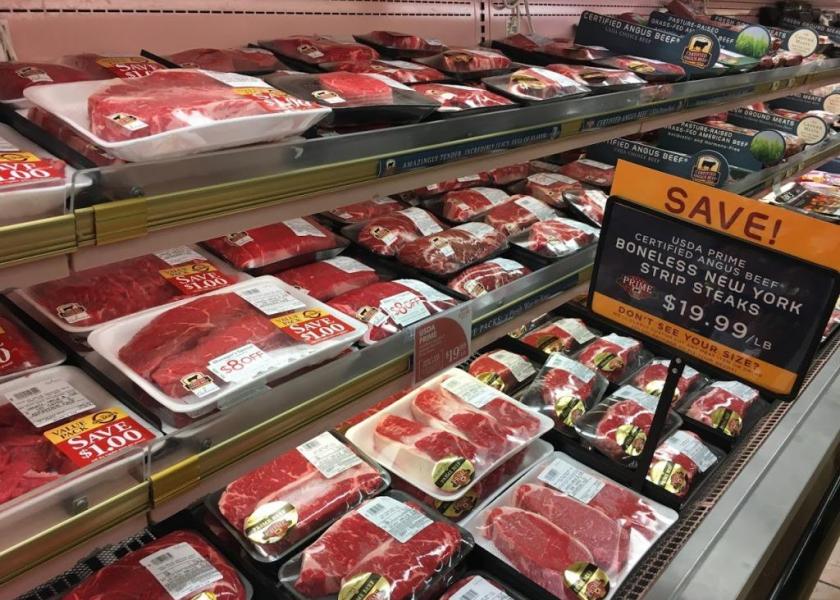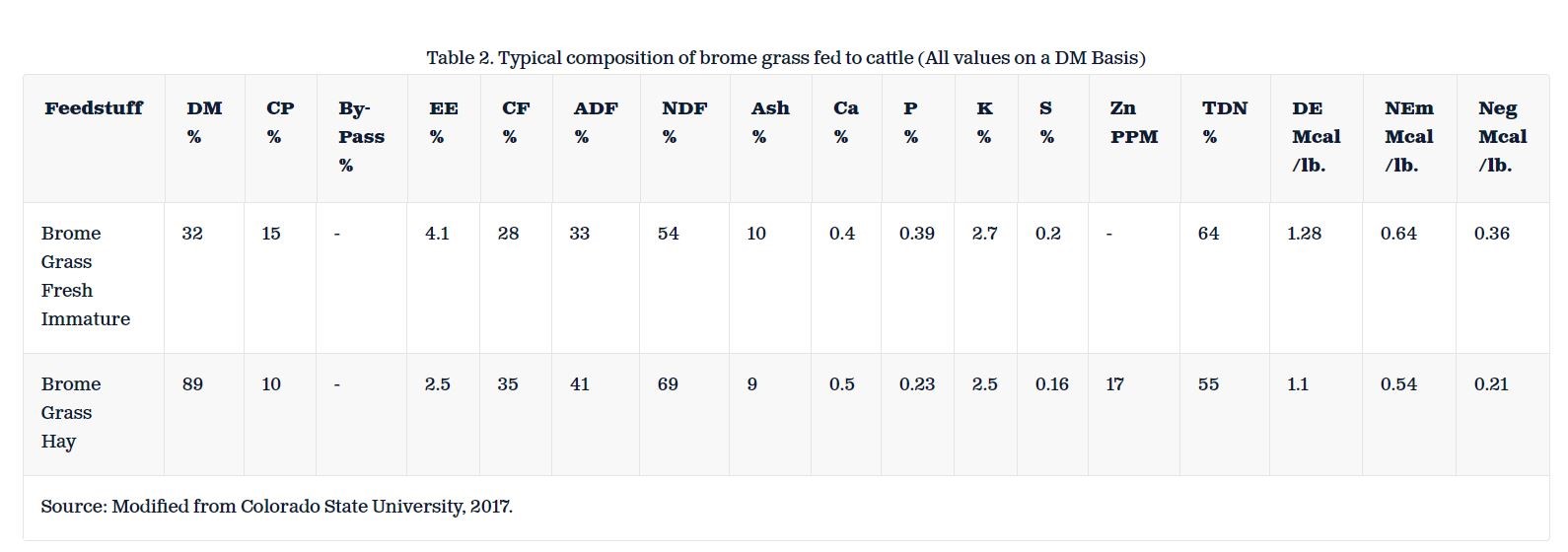CAB Insider: Expected Seasonal Premium Declines for Beef

The second half of December marks the end of the holiday run on middle meats, along with seasonally wider price spreads between quality grades and the premium brands. We can classify demand spikes for the more richly marbled carcasses relatively easily by the four quarters of the year as those demand periods happen to fall nicely within the quarterly calendar segments. As quickly as the Christmas holiday wraps up, we see beef demand shift to a more balanced pricing approach across the carcass. Middle meats fall back in price and end meats step up their contribution to total carcass value.
On the production side, fed cattle harvested numbers tend to fall off a bit in the first quarter while the marbling trend tends to increase to near annual highs in February, creating the largest proportions of Choice, Certified Angus Beef (CAB) and Prime product in a normal calendar year. These combined supply-and-demand factors have a negative effect on the quality price spreads packers pay on their grids moving from the 4th quarter to the first quarter, as seen in the chart. With the exception of the 2015-2016 transition, each of the past 5 years has featured a Choice/Select price spread decline larger than 50% moving into the 1st quarter of the year. The CAB/Choice premium reduction is much smaller for this transition, averaging just 12% in the past five years, but it has always moved up and down in a much smaller range on top of Choice.
High-quality cattle are generally a smart hedge as they tend to have better health and nutritional management behind them, not to mention that it’s difficult to lose money on a grid when they’re properly sold. But is the added investment to purchase the front-end type of cattle best targeted to finishing dates in the first quarter of the year? Certainly not. This rings true especially for larger feedyards marketing cattle each month of the year. The big yards are also most likely to access different classes and breeds of feeder cattle based on regional differences in calving seasons and environment. These feedlots can time their buying power toward the more costly, high-marbling-potential Angus calves with harvest dates specifically in the 2nd and 4th quarters of the year when the largest carcass premiums are historically most likely to occur. The reality is that quality-focused feeders pursue the good ones constantly.

Market Update
The federally inspected cattle harvest last week at 667,000 head, tied with the May 14th week for largest of the year. End-user demand or current packer commitments must be fairly robust to get a 27,000-head increase over the prior week and the same week a year ago. Dairy and beef cows are both plentiful but the steer/heifer percentage was likely still 81% of the total, at roughly 540,000 head.
The fed cattle market last week saw increasing prices as some cattle were traded ahead of Friday at $118/cwt., and there were several reports on Friday of $119/cwt. on a live-weight basis, both north and south. The dressed beef trade in eastern Nebraska on Friday was reported at $187/cwt.
While the weekly boxed beef averages in the table show a little-changed market, cutout values on Monday started lower than a week prior but increased by about $2/cwt. by week’s end in the face of strengthening demand. For the time being, the rib complex is still driving the market with another increase of 10¢/lb. CAB ribeyes last week saw a market average of $9.43/lb., 26¢/lb. above the same week last year. Tenderloin value cooled off, down from $12.98/lb. the prior week to $12.85/lb. at wholesale. Top butts and 1x1 strips showed a price increase from the loin complex, but we’ll call the strip loin a sideways move since 0x1’s were lower, as were ball tips and tri-tips.

End meat direction remains a fit for the seasonal trend as far as price relative to the rest of the carcass. As we move toward the end of the 4th-quarter spike in middle meats, we’ll then look for end meats to become more of a seasonal focus and carrying more of their weight in the total carcass cutout value. Thin meats are showing some increase in the weekly report, as were CAB grinds, both moving from a fairly soft price position with the exception of outside skirts, which are getting a counter-seasonal price kick at this time.
The Choice/Select spread remains appropriately wide at this time at $15.22/cwt., but the CAB/Choice spread, at $7.97/cwt., provides incentive for end users to remain stalwart in their quality-based beef decisions while enticing late-comers to upgrade.
Our readers may have noted the new “Cattleman Connection” logo and fresh look for the Insider this week. Please check out our new web site at www.cabcattle.com as well.
More Cows, Fewer Dollars
Continuing the seasonality theme, let’s take a look at the cull cow and bred cow markets as of late. Much discussion has been had about the fed cattle packing capacity being utilized beyond the limits of a 40-hour work week and the leverage this gives to packers regarding price. The same phenomenon holds sway within the nation's cow harvest facilities. Herd expansion has increased total beef cow numbers while continued drought and drier-than-normal conditions in the west sent more cows to town this fall, on top of summer liquidation in Missouri and eastern Kansas.

All told, the beef cow harvest is up 9% year to date, while the dairy cow harvest has only increased 5% this year despite the dairy sector’s reeling in red ink due to larger milk and cheese supplies while prices for the same remain depressed. All told, the cull cow harvest is up 7% so far, and it’s weighing heavy on the bottom line for both beef and dairy producers as utility cows recently dipped to $51/cwt.
Cull cow prices tend to be at their annual lows in December, but 2018 has brought on an especially painful winter low. Even so, replacement female sales in some of the better markets where feed resources are adequate show high-quality 1st-calf heifers priced above $1,800 and young stock cows robust as well. Hard decisions were being made this late fall in terms of how deep to cull cows, given the poor swap for those purchasing replacements instead of raising them.








